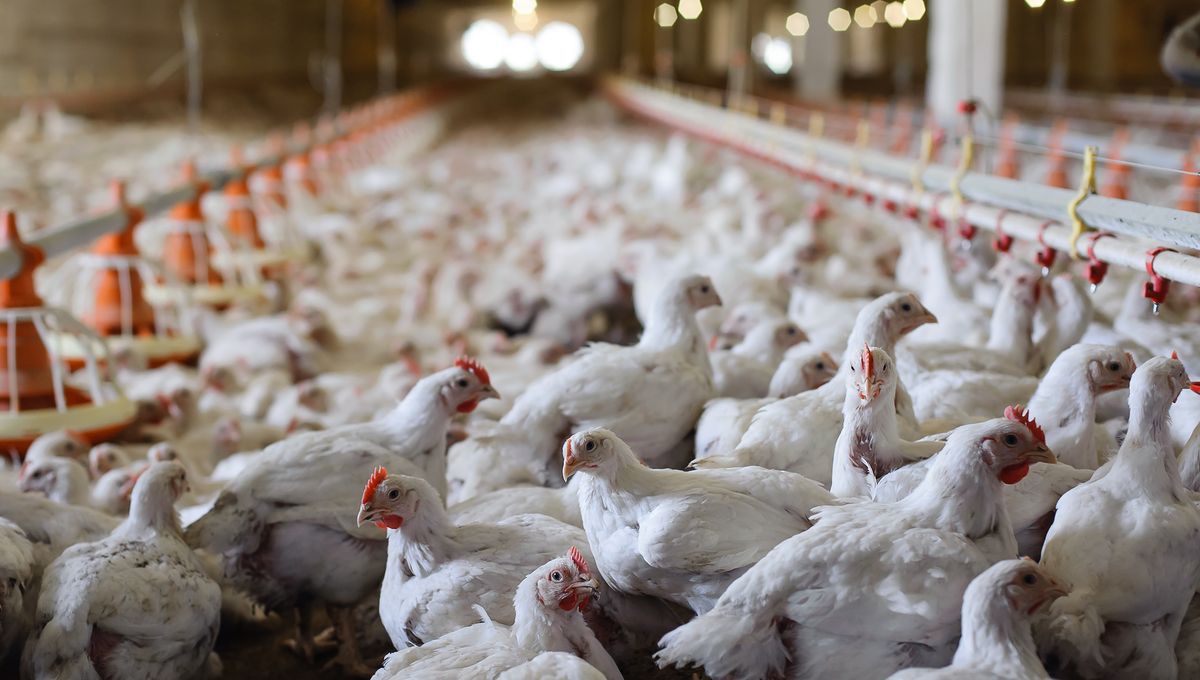
The risk of bird flu has been in the press a lot in the last few decades, and it is a virus that scientists are constantly watching. Now, researchers have identified a subtype of the avian flu virus that is currently undergoing changes that could increase the risk of transmission to humans.
Bird flu has many strains, but the H3N8 avian influenza virus (AIV) is currently endemic in poultry farms in China. H3N8 is also a zoonotic virus, which means that it can be passed on to humans.
To date, there have only been three cases of an avian H3N8 virus infection in humans – two were confirmed in China in 2022, and unfortunately, a fatal case in 2023. As the virus continues to be found in poultry farms, it is thought that more human cases could occur in the future.
However, the zoonotic jump is poorly understood in the H3N8 virus. In a new study, scientists aimed to fill in the gaps, infecting and replicating H3N8 in different human cells: normal human bronchial and lung epithelial cells.
They discovered that the human isolates of the virus were more virulent than their avian counterparts and could cause severe responses in ferrets and mice, the mammals chosen as models for human infection.
“We demonstrate that an avian H3N8 virus isolated from a patient with severe pneumonia replicated efficiently in human bronchial and lung epithelial cells, was extremely harmful in its effects in laboratory mammalian hosts and could be passed on through respiratory droplets,” said study co-author, Professor Kin-Chow Chang, in a statement.
It was found that when isolated from a patient with severe pneumonia, the virus was transmissible between ferrets through respiratory droplets. This happened because it had acquired the human receptor binding preference for proteins that bind viruses to cells and an amino acid substitution that increases transmissibility, changes that meant airborne transmission could occur.
“Human populations, even when vaccinated against human H3N2 virus, appear immunologically naïve to emerging mammalian-adapted H3N8 AIVs and could be vulnerable to infection at epidemic or pandemic proportion,” said co-author Professor Jinhua Liu.
Should people be worried?
“Acid resistance of influenza virus is also an important barrier for avian influenza virus to overcome to acquire the adaptability and transmissibility in new mammals or humans. The current novel H3N8 virus has not acquired the acid resistance yet. So, we should pay attention to the change on acid resistance of the novel H3N8 virus,” said Professor Liu.
Despite this, keeping an eye on these sorts of viruses is critically important for predicting and potentially stopping the next pandemic.
This study is published in the journal Cell.
Source Link: Bird Flu Changes Could Increase Risk Of Widespread Human Transmission